Warsaw's Timeless Treasures Unveiled
Join us for a free walking tour exploring Warsaw's rich history, vibrant culture, and stunning architecture, revealing the city's hidden gems.
Time
3 Hours
Stops
9 Places
Distance
3.0 km
Royal Castle in Warsaw
Start your journey at the Royal Castle, a symbol of Polish history and culture, which served as the official residence of Polish monarchs.
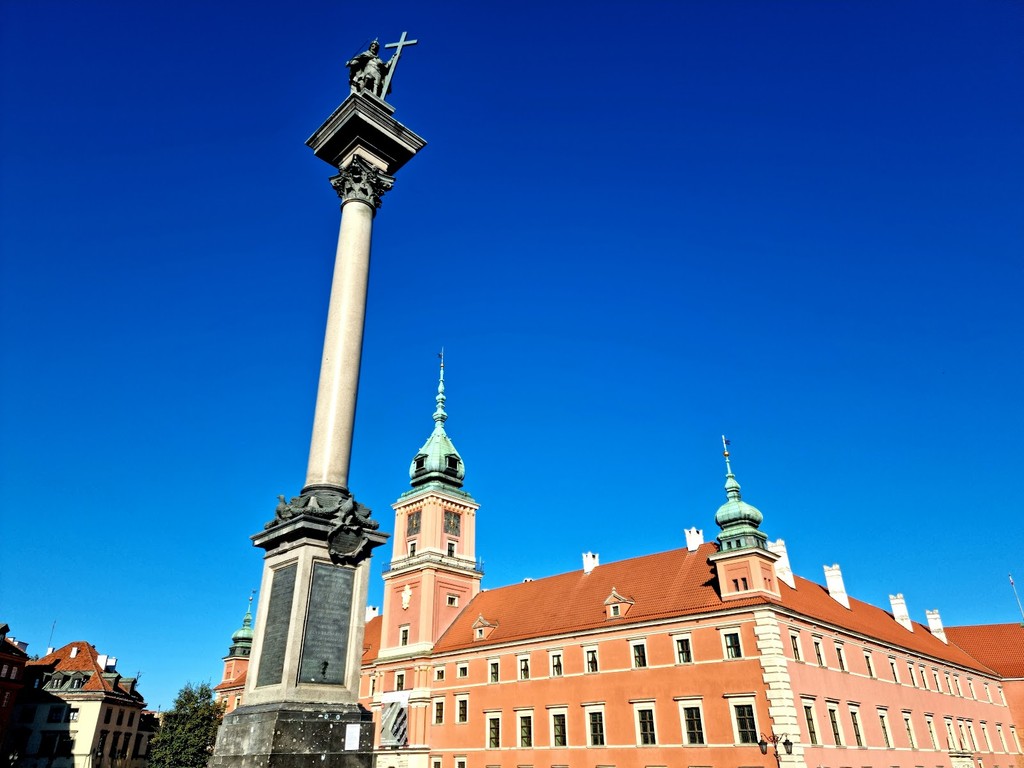
Royal Castle in Warsaw (Source: Google Maps)
The Royal Castle in Warsaw stands as a magnificent symbol of Polish history and culture. Originally built in the 14th century, it served as the official residence of Polish monarchs until the late 18th century. After being destroyed during World War II, the castle was meticulously reconstructed and now showcases a blend of architectural styles, including Baroque and Neoclassical. Inside, visitors can explore richly decorated rooms and learn about the castle's role in Poland's political and cultural life. The castle is also home to the Royal Collection of art, making it a must-visit for history and art enthusiasts alike.
Old Town Market Square
Wander through the heart of Warsaw's Old Town, a UNESCO World Heritage site, known for its colorful buildings and lively atmosphere.
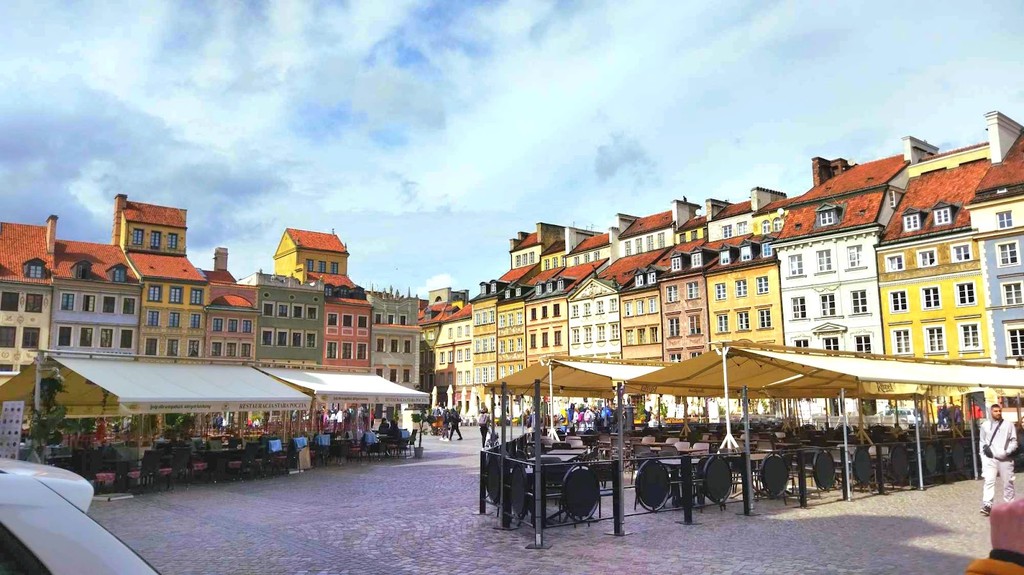
Old Town Market Square (Source: Google Maps)
The Old Town Market Square is the vibrant heart of Warsaw, recognized as a UNESCO World Heritage site. This historic square is lined with colorful buildings, each telling a story of the city’s resilience and spirit. Dating back to the 13th century, the square has been a hub of trade and community life for centuries. Visitors can admire the beautiful architecture, including the iconic mermaid statue, a symbol of Warsaw. The square is also a lively gathering place, filled with cafes, shops, and street performers, making it an ideal spot to experience the local culture and atmosphere.
Sigismund's Column
Just a short walk from the Royal Castle, this iconic column commemorates King Sigismund III Vasa, who moved the capital from Kraków to Warsaw.
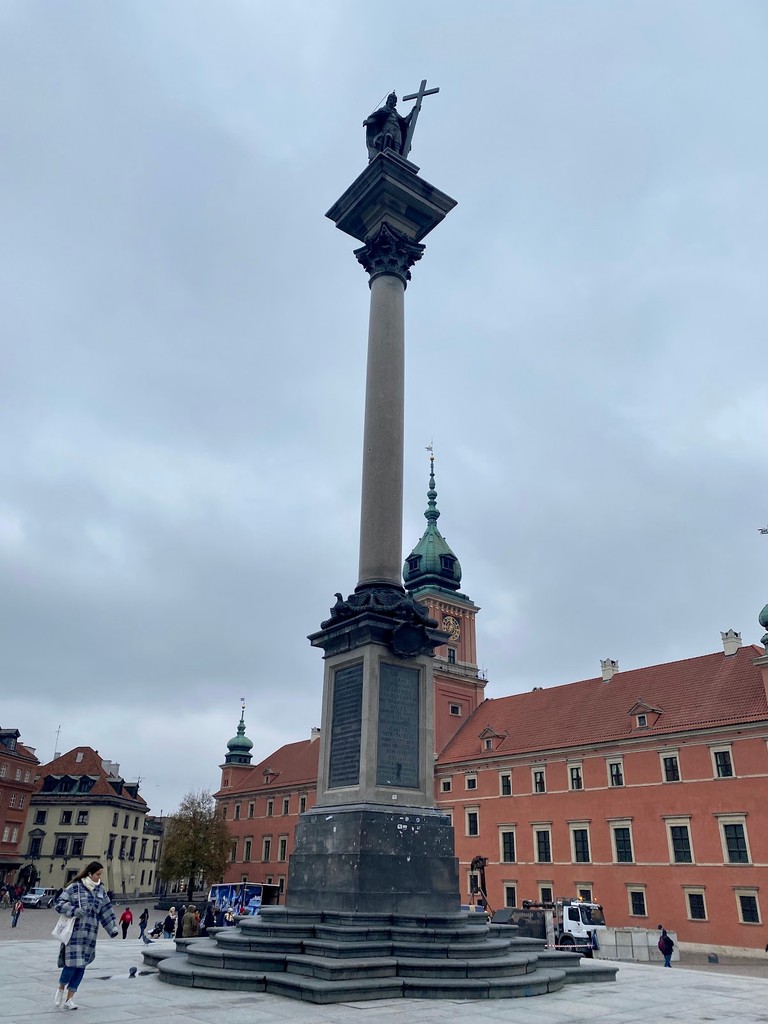
Sigismund's Column (Source: Google Maps)
Sigismund's Column is an iconic monument located in Castle Square, commemorating King Sigismund III Vasa, who moved the Polish capital from Kraków to Warsaw in 1596. Erected in 1644, the column stands at 22 meters tall, featuring a statue of the king holding a sword and a cross. This landmark is one of the most recognizable symbols of Warsaw and represents the city’s historical significance as the political center of Poland. The column has survived numerous conflicts and remains a testament to the resilience of the Polish people. It serves not only as a tribute to the king but also as a reminder of Warsaw's tumultuous past.
St. John's Archcathedral
Explore this beautiful Gothic cathedral, one of the oldest churches in Warsaw and a place of many significant historical events.
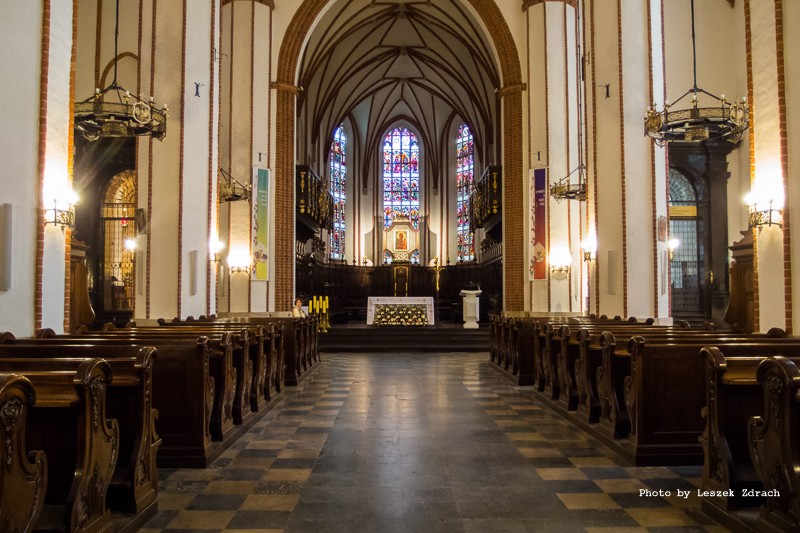
St. John's Archcathedral (Source: Google Maps)
St. John's Archcathedral, a stunning example of Gothic architecture, is one of the oldest and most significant churches in Warsaw. Originally built in the 14th century, it has witnessed numerous historical events, including royal ceremonies and the signing of important treaties. The cathedral's interior is adorned with beautiful artworks, including a remarkable altar and intricate stained glass windows. It also houses the tombs of several notable figures, including Polish bishops and the first Polish president, Gabriel Narutowicz. St. John's Archcathedral stands as a symbol of faith and resilience, reflecting the city’s rich spiritual heritage.
Warsaw Barbican
Discover the remnants of Warsaw's medieval defensive walls at the Barbican, which once protected the city from invaders.
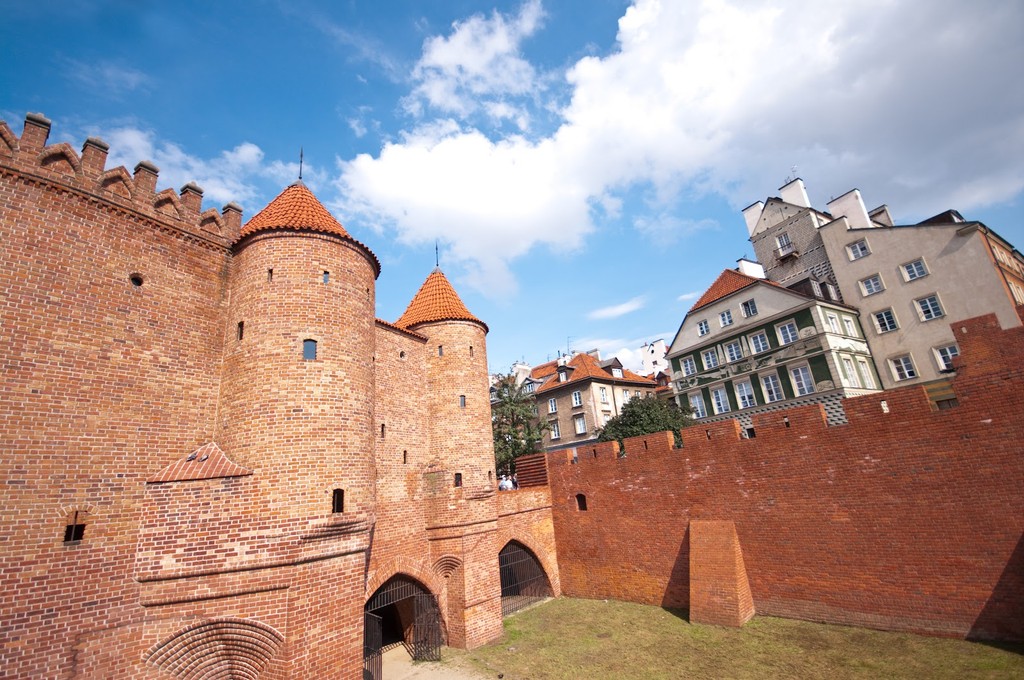
Warsaw Barbican (Source: Google Maps)
The Warsaw Barbican is a remarkable remnant of the city's medieval fortifications, originally built in the late 16th century to protect against invasions. This semi-circular structure features thick brick walls and towers, showcasing the architectural style of the era. The Barbican has been restored and now serves as a historical monument, offering visitors a glimpse into Warsaw's defensive past. It once played a crucial role in the city's defense, particularly during the Swedish Deluge in the 17th century. Today, it serves as a picturesque spot for tourists and locals alike, often hosting cultural events and exhibitions.
Monument to the Warsaw Uprising
Pay your respects at this powerful monument dedicated to the fighters of the Warsaw Uprising of 1944, a pivotal event in the city's history.
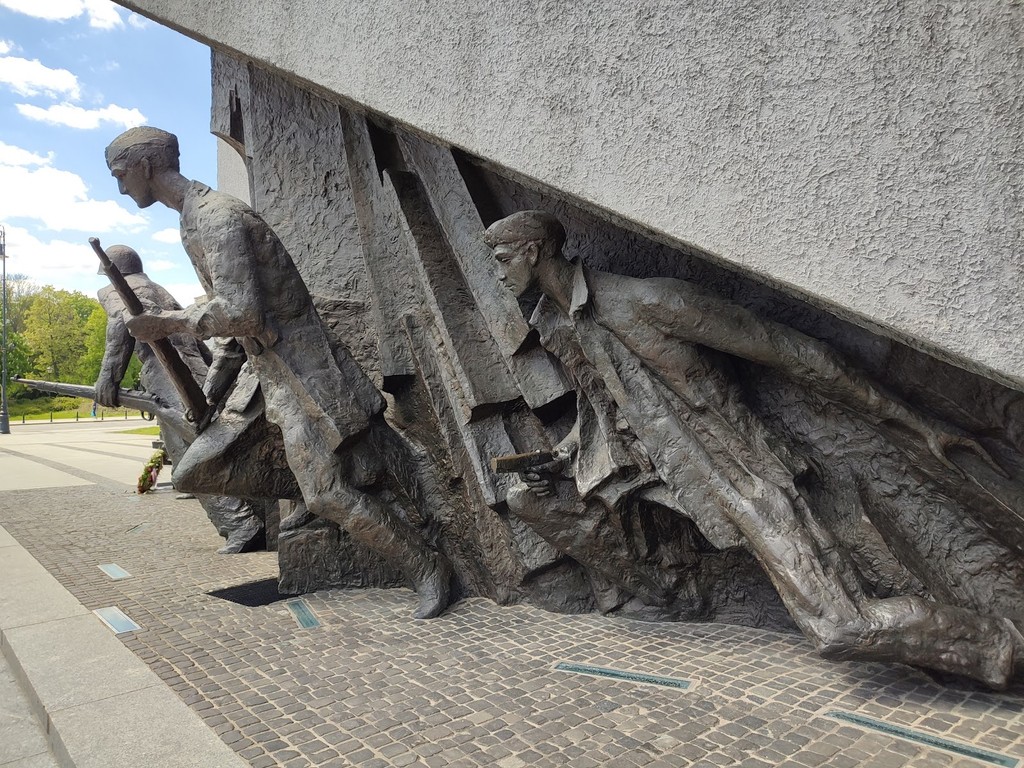
Monument to the Warsaw Uprising (Source: Google Maps)
The Monument to the Warsaw Uprising commemorates the brave fighters of the 1944 uprising against Nazi occupation during World War II. This powerful monument, unveiled in 1989, stands as a tribute to the resilience and heroism of the Polish people. The monument features a group of insurgents, symbolizing the struggle for freedom and independence. The Uprising was a pivotal moment in Warsaw's history, reflecting the city’s spirit and determination. The site serves as a place of remembrance, attracting visitors who come to pay their respects and learn about the sacrifices made during this dark chapter in history.
Krasinski Palace
Admire the Baroque architecture of the Krasinski Palace, which houses part of the National Library and is surrounded by beautiful gardens.
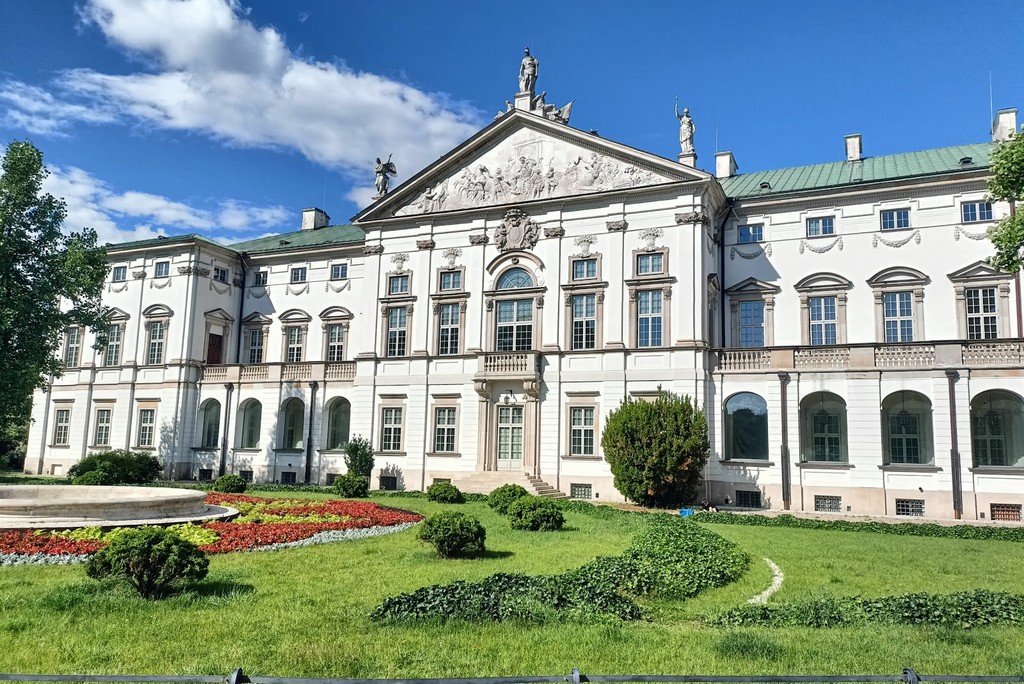
Krasinski Palace (Source: Google Maps)
Krasinski Palace, an elegant Baroque structure, is one of Warsaw's architectural gems, originally built in the 17th century. It is notable for its beautiful gardens and ornate facades. The palace has served various purposes over the years, including as a residence for Polish nobility and now houses part of the National Library of Poland. The interior features stunning decorations and historical artifacts, providing insight into Poland's cultural heritage. The surrounding gardens are a peaceful retreat in the heart of the city, popular among both locals and tourists for leisurely strolls and cultural events.
POLIN Museum of the History of Polish Jews
Gain insight into the rich 1,000-year history of Jews in Poland at this award-winning museum.
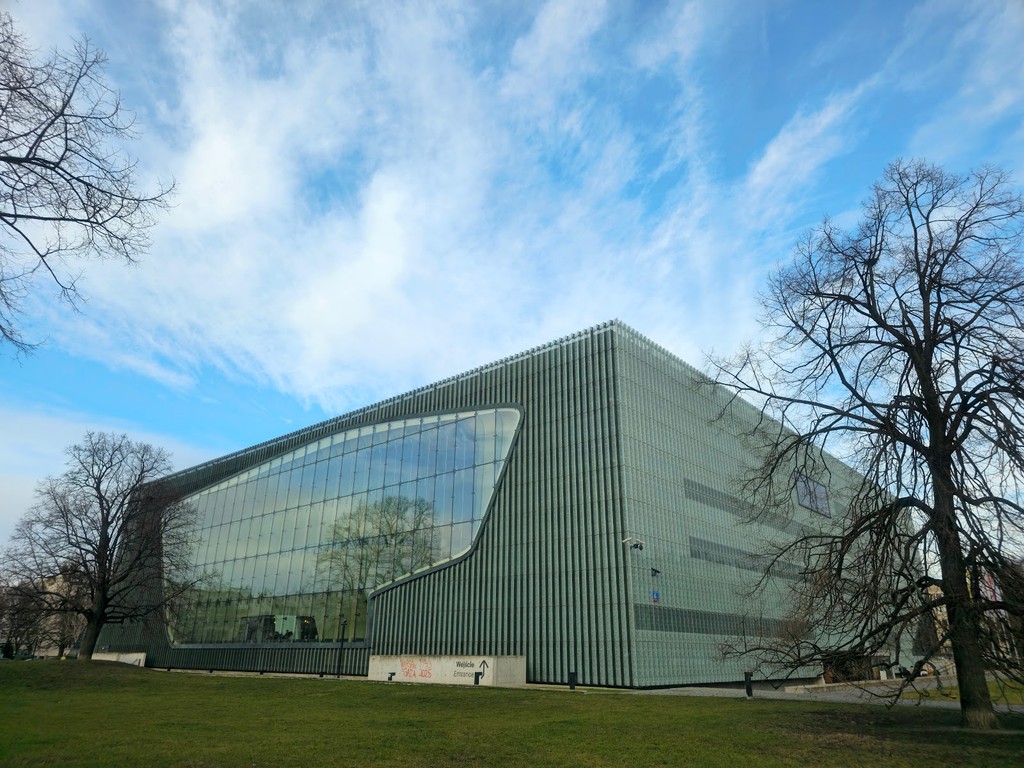
POLIN Museum of the History of Polish Jews (Source: Google Maps)
The POLIN Museum of the History of Polish Jews is an award-winning institution dedicated to the rich 1,000-year history of Jews in Poland. Opened in 2013, the museum features interactive exhibits, multimedia presentations, and historical artifacts that explore the Jewish experience in Poland from the Middle Ages to the present. The building itself is an architectural marvel, symbolizing the continuity of Jewish life in Poland. The museum serves as a vital educational resource, promoting understanding and dialogue about Jewish culture and history, and is a must-visit for anyone interested in the diverse tapestry of Poland's past.
Umschlagplatz
Conclude your tour at this poignant memorial site, marking the place where Jews were deported from the Warsaw Ghetto during World War II.
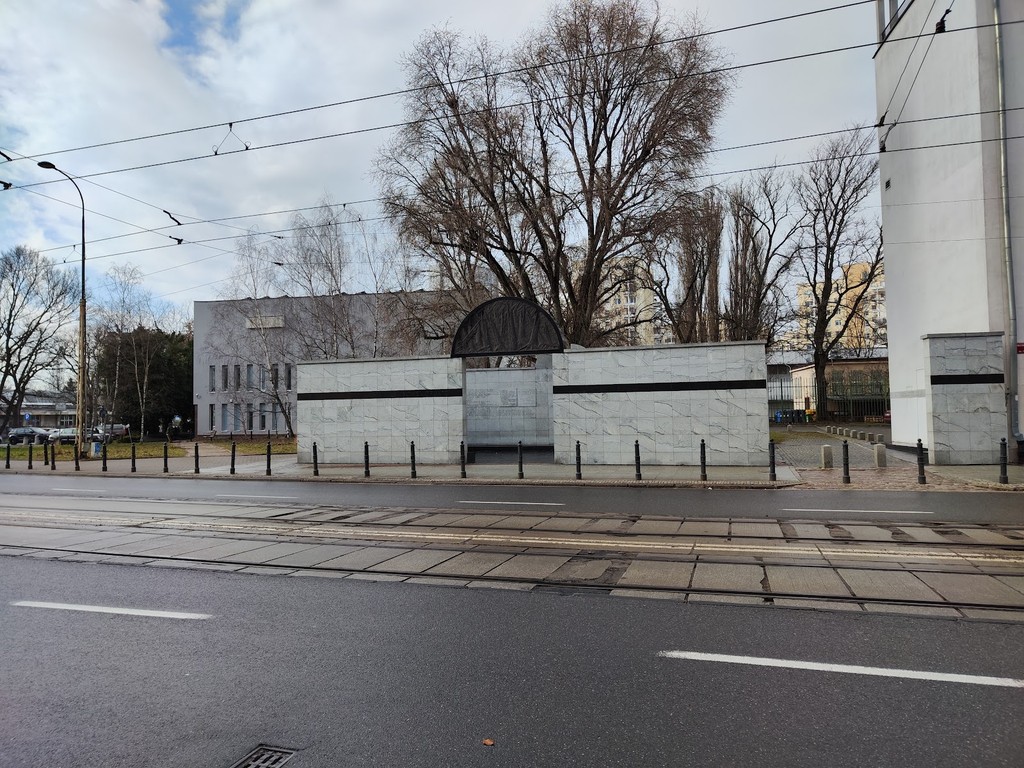
Umschlagplatz (Source: Google Maps)
Umschlagplatz is a poignant memorial site marking the location where thousands of Jews were deported from the Warsaw Ghetto during World War II. This site holds deep historical significance, serving as a reminder of the atrocities committed during the Holocaust. Today, it features a minimalist design with a stone platform and a series of memorial plaques, allowing visitors to reflect on the tragic events that took place here. Umschlagplatz stands as a powerful testament to the resilience of the Jewish community and the importance of remembering history to ensure that such atrocities are never repeated.

Your travels, your rules.
Create your own Free Walking Tours.
Set your preferences, distances and anything you want to do or see.
Completely free, no payment required.